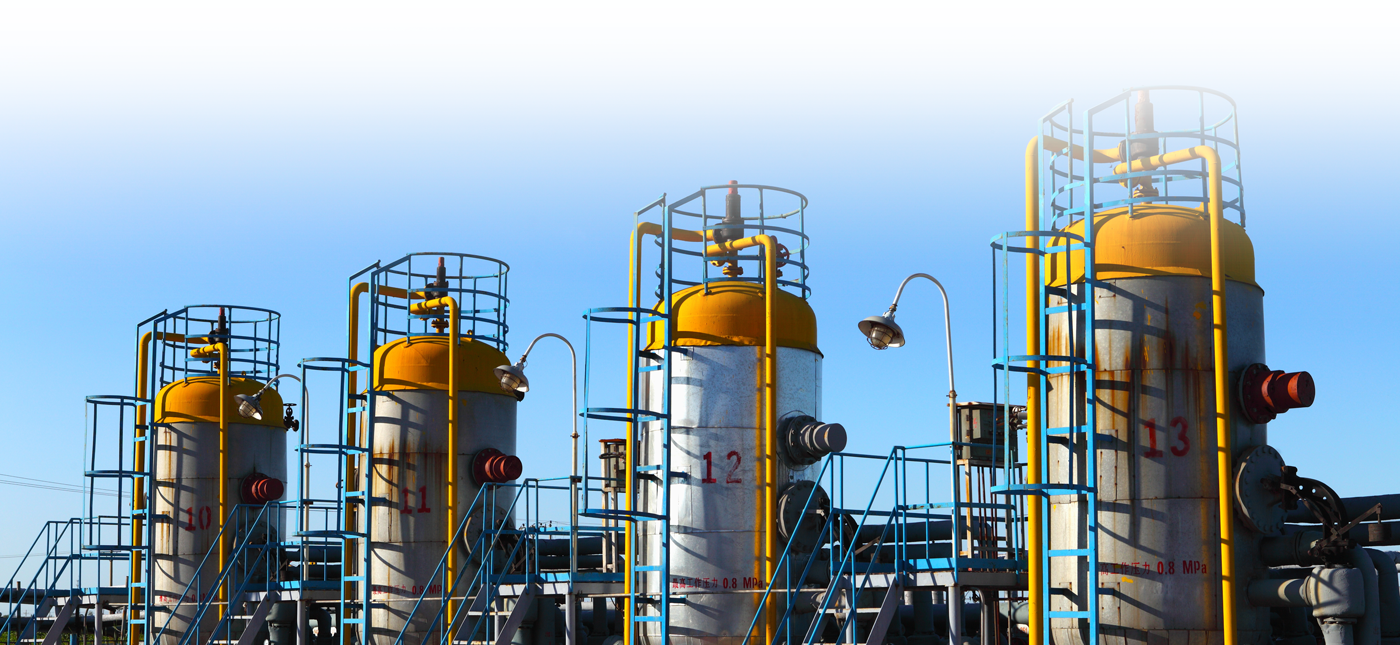Compressor Vibration
Dynamic Design Considerations When Modernizing a Pipeline Compressor Station
Paper No. 81
K. E. Atkins, K. S. Watson and V. W. Vaughn, 1998 GMRC Gas Machinery Conference, Denver, CO, October 5-7, 1998.
In 1995, a major U.S. natural gas pipeline company initiated a modernization project for four of its critical main line compressor stations that were originally commissioned in the early 1970’s. The modernization included improved emissions (pre-combustion chamber “PCC” technology) as well as other upgrades that increased the speed and therefore compressor capacity at certain locations. A total of five integral engine/compressors from four compressor stations were involved. At one station, two V12 engines were increased in horsepower from 4000 HP at 300 RPM to 5000 HP at 330 RPM. At two other stations, V12/14 engines were upgraded from 4000 HP at 250 RPM to 6350 HP at 330 RPM, which included adding two power cylinders on each engine. All five engines were retrofitted with the “best available control technology” or BACT PCC upgrade packages from the respective OEMs. These upgrades were very successful from the standpoint of reduced emissions.
The effects of the speed increases are the major focus of this paper. Such changes have major ramifications regarding the dynamics of the system. Pulsation, vibration and performance characteristics, as well as the inertial forces generated by an engine/compressor are significantly affected by speed changes.
This paper discusses the substantial engineering effort undertaken by the pipeline company to ensure safe, reliable and efficient operation. Each of the following topics are discussed: • The effects of the speed increase on the original pulsation control devices, • The system modifications required to control pulsation levels, • The conceptual differences in considering the rigid body shaking forces versus the individual main bearing loads when designing the tie-down system, • Alternate counterweight configurations, as well as the interaction between counterweight configuration and the torsional response of the engine. • The relevant issues of crankshaft phasing, cylinder configuration, and rotating and reciprocating balance weight design, • Engine force-moment calculations as well as predicted and measured results.
Download PDF
